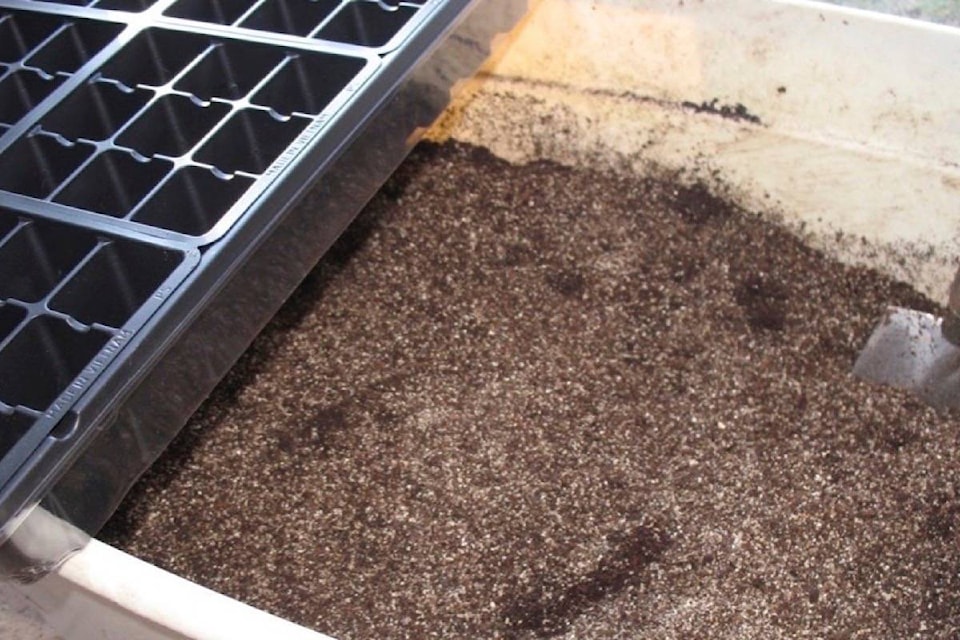By Mary Lowther
Ancient Egyptians grew lettuce for its reputed aphrodisiac qualities in the milky sap contained in the stalk, but Romans selected for its refreshing leaves, gradually creating nine different cultivars of lettuce whose descendants we grow in our gardens today. The cultivar, lactuca virosa is still grown for its narcotic, pain relieving sap that is referred to as “lettuce opium”.
The lettuce seeds we buy produce tasty greens that were developed for their cool weather hardiness and their slow to bolt nature. In balmy Victoria I’ve seen them overwinter under a thin layer of spun cloth cover, but our capricious winters don’t foster dependable overwintering. Self sown seeds may survive the winter to grow very early lettuce, but I’ve found that when I’ve sown seeds outside in spring, slugs have appeared from nowhere to demolish my plantings. I think self-sown seeds develop early enough to outgrow newly hatched predators.
I sow all my seeds except root crops and a few herbs inside because too many of them have been eaten before they showed above ground. This way I have some control over nature and can grow plants quickly so when slugs et al nibble at them, they can’t catch up to the growth and I get to eat most of the harvest.
Lettuce and other greens can go into the garden as soon as the soil is diggable. I’ll plant my greens a week after I’ve dug under the winter cover crop and spread organic fertilizer at the rate of four quarts per 100 square feet. I’ll spread a quarter inch of compost over that and if I have any clay I’ll spread a quarter inch of that as well since my soil is sandy.
When the week is up and birds have had a go at the bugs, I hope, usually in vain because they like to hang around the yard next door even though I’ve been feeding the turncoats all winter, I hoe in the amendments lightly and set out my transplants into one third of the plot. The other two thirds are reserved for the next two plantings. Three weeks later the next batch will be ready to transplant into the next third, and so on. When I transplant the last third, the first third will have been harvested so I can refill that bed with more greens.
This week I’m sowing my second batch of lettuce and greens as well as tomatoes and peppers because that’s what’s in the jar I prepared this winter. I pull out the packets of seeds in the jar marked with the date and sow what’s inside.
I never use chlorine or wash out my pots; I dry them, shake out any dead spiders and refill them with potting soil. My seedlings don’t get diseases like damping off and I think it’s because I water them from below and allow them to dry out a bit between waterings. I make my own potting mix because it’s cheaper and the ingredients are always available so I never run out, but mainly because it’s not sterilized and the microorganisms help the plants grow.
Here’s a nice recipe for potting mix:
15 quarts coir (coconut fibre)
¼ cup lime.
10 quarts sand or perlite or vermiculite
1 ½ cups organic fertilizer
5 quarts soil
20 quarts compost
Mix the lime with the coir. Add the sand/perlite/vermiculite and soil and mix. Add the compost and mix thoroughly.
Please contact mary_lowther@yahoo.ca with questions and suggestions since I need all the help I can get.
